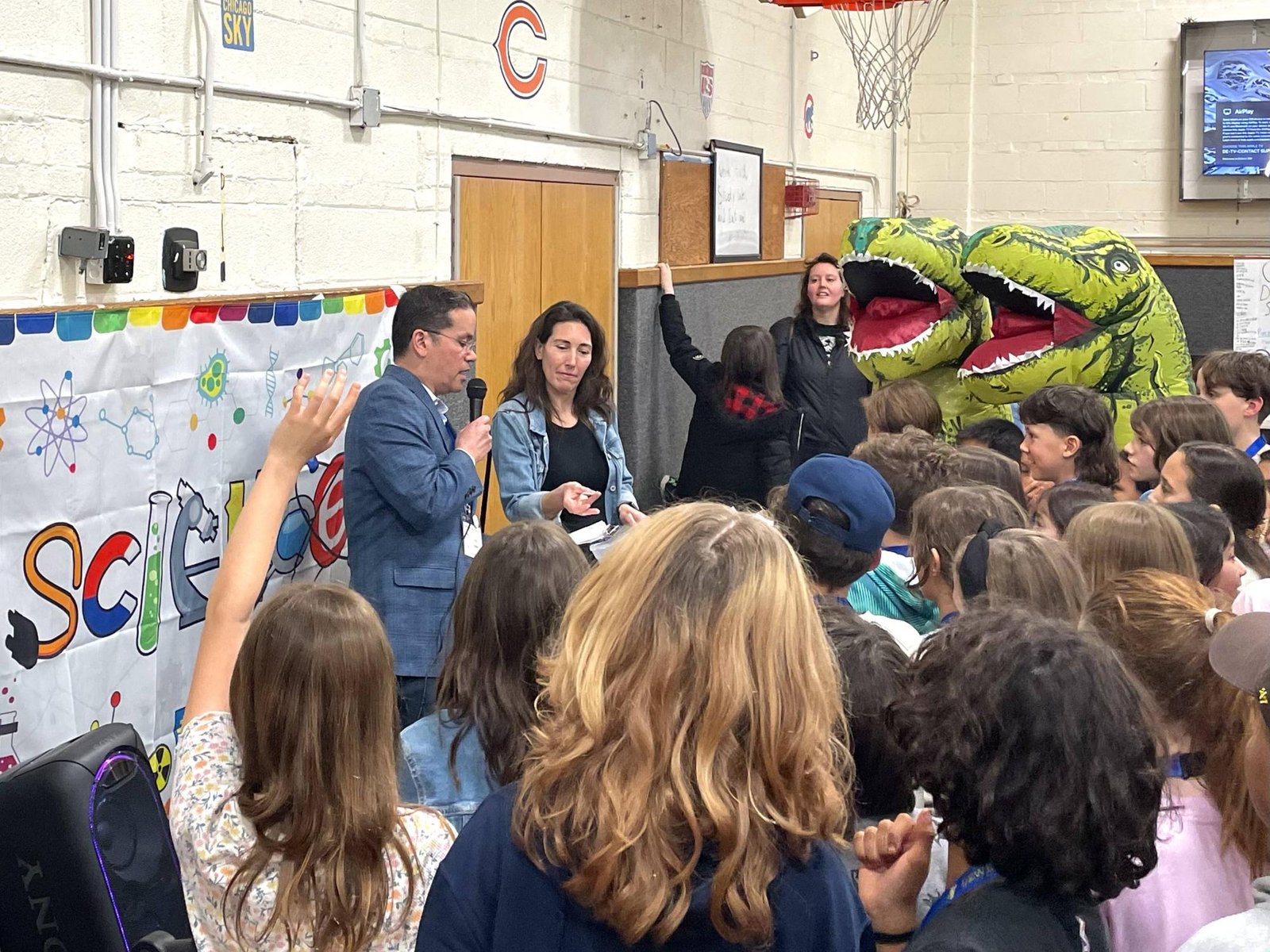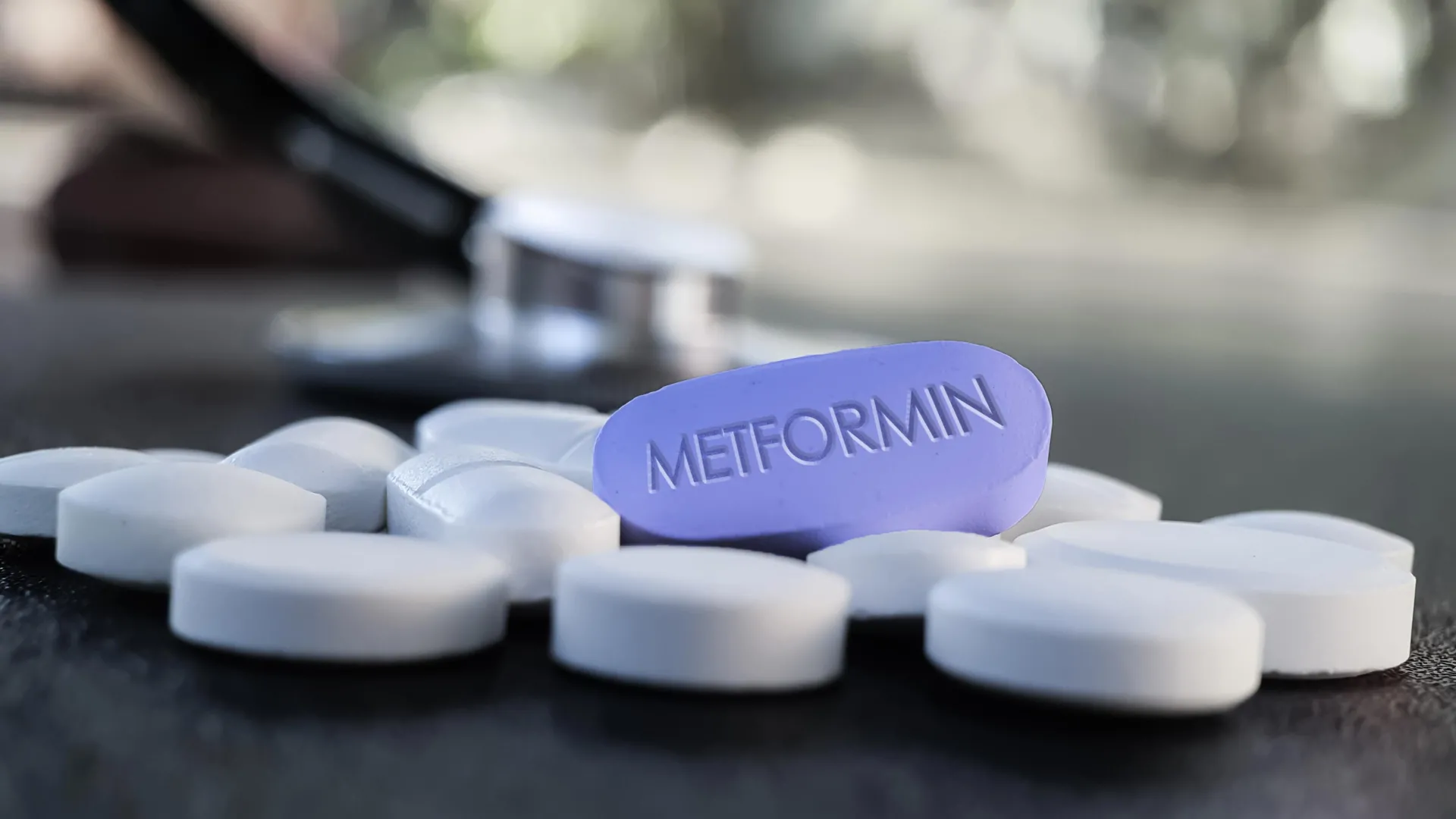Fifth-grader Kira Hunt wanted to find out whether paper color had an effect on her classmates’ performance on math problems. She hypothesized that students would perform with more speed and accuracy when given math problems on brightly-colored paper. So, she conducted an experiment to find answers.
Over the past month, Kira and many other students at Dewey Elementary School set out to investigate their own scientific interests.
They presented their findings to a full gymnasium of parents, peers and even Northwestern graduate students for their fifth annual science fair Wednesday evening.
Sure enough, Kira’s hypothesis was correct. Students worked the fastest on the yellow paper compared to the others.
“I really like math, and I kind of noticed that I do better on some colors of paper,” Kira said. “I just wanted to see if that was true.”
She considered the potential applications of her findings, saying she thought students could use her results to improve the accuracy and speed of their work.
Other students were excited to see the scientific method in action in their projects.
With two other students, fourth-grader Benjamin compared the effects of different water types on plant growth.
But more importantly, Benjamin said, they “also used complicated words like hypothesis.”
Parents of Dewey students were able to take away new knowledge, not only from seeing the students’ projects, but also through watching their kids make new discoveries, said Peter Isaac, the parent of a fourth-grader.
“I’ve learned more about science in the past four days than I probably have in the past 20 years,” Isaac said.
New this year at the science fair was the involvement of Northwestern’s Society for the Advancement of Chicanos/Hispanics and Native Americans in Science chapter.
SACNAS is an organization made up of graduate students that works to promote the involvement of Hispanic, Native American and other underrepresented groups in the field of science.
“The whole point is to give these students experiences, because it might spark that interest and help them as they figure out what they want to do,” SACNAS Chapter President Melissa Fajardo said.
SACNAS Outreach Chair Alex Maldonado was able to connect the group with the Dewey Science Fair Committee, thanks to a post-doc researcher in his lab whose children attend the elementary school.
Members of the group set up tables along the back wall of the gymnasium, giving elementary schoolers the chance to design marshmallow-spaghetti towers, examine Petri dishes under digital microscopes and tinker with cup robots.
Maldonado, who is Puerto Rican, hopes to show children from a similar background to his that there is a place for them in the science field. He said he hopes students can see the SACNAS Members and think, “They look like me, they can do this, that’s cool.”
Troy Foster serves as the head of the Science Fair Committee, a group of parents who began meeting in January to organize the PTA-sponsored event. He noted the importance of allowing students to learn more about their own interests.
“What this does is give them a big chance to explore science that they like, instead of something that was already curated in the classroom and chosen by the teacher,” Foster said. “Most of these projects are things that the kids are actually interested in, like basketball or robots.”
Email: [email protected]
Related Stories:
— Savings for Success provides financial support for elementary school students
— Parents attend Dawes Elementary School garden meet and greet




